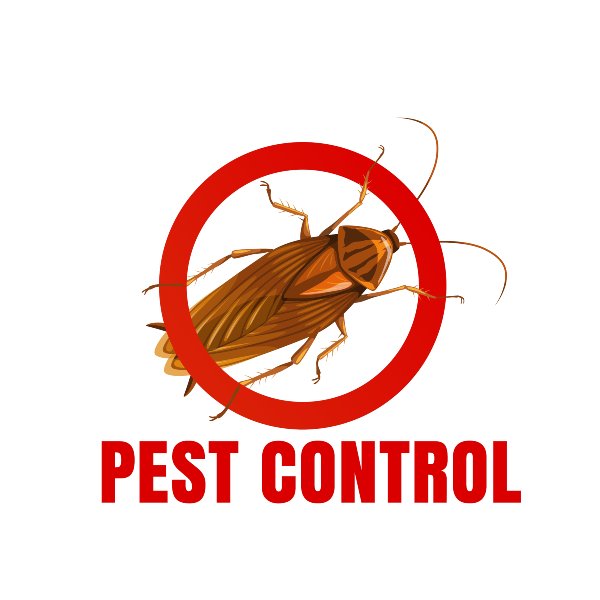Bed Pest Therapy Failure: Contrasting Chemical Vs. Non-Chemical Solutions
In the realm of parasite control, particularly when dealing with the consistent concern of bed insects, the option between chemical and non-chemical treatment solutions can be a crucial one. Both approaches supply distinctive advantages and disadvantages, affecting variables such as efficiency, safety and security considerations, and overall expense. By checking out the nuanced information of each method, a clearer understanding of which path to go after in resolving a bed insect infestation can be achieved.
Performance of Chemical Treatments
Chemical treatments for bed pest problems have actually been commonly acknowledged for their potent and rapid efficiency in eradicating these insects. When taking into consideration the performance of chemical therapies, it is critical to recognize that they can offer a fast and extensive remedy to a bed pest problem.
In addition, chemical therapies have the benefit of providing recurring impacts, meaning that they can remain to remove bed insects also after the first application. This residual action is particularly advantageous in combating any possible re-infestations. Furthermore, the fast action of chemical treatments can bring alleviation to people facing extreme bed bug infestations, permitting them to reclaim control of their home swiftly.
Security Interest In Chemical Solutions
One essential aspect that calls for cautious factor to consider when making use of chemical remedies for bed pest therapy is making sure the safety of residents and the environment. While chemical therapies can be efficient in getting rid of bed insects, they might pose dangers otherwise taken care of effectively. Among the primary safety and security problems with chemical services is the possible damage they can cause to human health and wellness. Exposure to certain chemicals made use of in bed pest treatments can bring about respiratory system concerns, skin irritation, or various other damaging responses, specifically in people with pre-existing problems or sensitivities. In addition, incorrect application or dosage of chemical pesticides can cause harmful residues sticking around in the treated location, presenting long-term wellness risks to passengers.
Furthermore, the environmental effect of chemical remedies is one more significant consideration. Some pesticides made use of in bed insect treatments may be dangerous to advantageous bugs, wildlife, and environments if they seep into the soil or water systems. It is vital to utilize chemical treatments deliberately, following safety and security guidelines, and considering less toxic options to alleviate these threats and make certain the effective and secure administration of bed pest infestations.
Benefits of Non-Chemical Approaches
Considering the potential safety concerns and ecological impact connected with chemical services for bed pest therapy, exploring non-chemical strategies provides an encouraging alternative with numerous unique benefits. Non-chemical approaches supply a safer choice for households, especially those with people, animals, or youngsters delicate to harsh chemicals. These strategies get rid of the risks of direct exposure to poisonous compounds, lowering the potential for adverse wellness impacts. Furthermore, non-chemical treatments are eco friendly, as they do not add to air or water pollution, making them a sustainable choice for parasite control.
In addition, non-chemical services can be reliable in targeting bed pests, including hard-to-reach locations where chemical therapies might not permeate - A1 bed bug treatment in charlotte. Methods such as warmth treatment, vacuuming, heavy steam cleansing, and bed mattress coverings supply extensive elimination without the usage of damaging chemicals.
Limitations of Non-Chemical Treatments

Furthermore, non-chemical treatments typically require several applications to achieve successful obliteration. This can be time-consuming and might not constantly ensure total removal of all bed insects and their eggs, specifically Get More Information in hard-to-reach or surprise places.
In addition, the success of non-chemical therapies greatly depends on proper implementation and thoroughness, which can be testing for people without specialist expertise. Insufficient application of non-chemical methods may cause incomplete obliteration, resulting in relentless invasions and the demand for additional therapies.
As a result, while non-chemical treatments have their benefits, it is necessary to acknowledge these restrictions and consider them when figuring out one of the most effective approach for handling bed insect invasions.
Cost Contrast: Chemical Vs. Non-Chemical Options
Given the restrictions connected with non-chemical treatments, a necessary facet to assess in the context of bed pest monitoring is the expense contrast in between chemical and non-chemical choices. Chemical therapies generally entail the application of pesticides by experts, which can range from $250 to $900 per space, relying on the seriousness of the infestation and the dimension of the location to be check this site out dealt with. On the other hand, non-chemical therapies like heat therapy or heavy steam can be a lot more costly, with prices ranging from $1,000 to $6,000 for an entire home. While the first price of chemical therapies may appear reduced, multiple treatments may be called for to totally remove the problem, potentially enhancing the general cost. On the various other hand, non-chemical alternatives may provide a more sustainable and environment-friendly solution, although they can be cost-prohibitive for some people. Eventually, when thinking about the expense of bed insect therapy options, it is essential to weigh the in advance expenditures against the performance and lasting sustainability of the picked approach.
Verdict

Considering the possible safety and security problems and ecological influence connected with chemical services for bed pest treatment, discovering non-chemical strategies presents a promising alternative with several unique benefits.Offered the restrictions associated with non-chemical therapies, a vital element to review in the context of bed bug administration is the price comparison in between chemical and non-chemical options. In contrast, non-chemical therapies like warm treatment or click this site steam can be more pricey, with expenses ranging from $1,000 to $6,000 for an entire home. While the preliminary expense of chemical therapies might seem reduced, multiple treatments may be required to completely get rid of the problem, possibly enhancing the general cost.In verdict, when contrasting chemical and non-chemical bed insect therapy choices, it is crucial to think about efficiency, safety and security, advantages, limitations, and price.